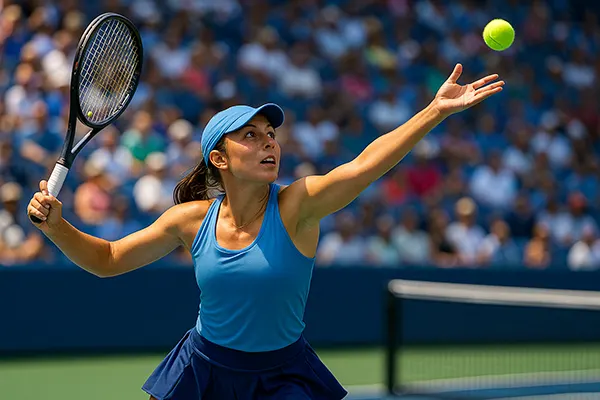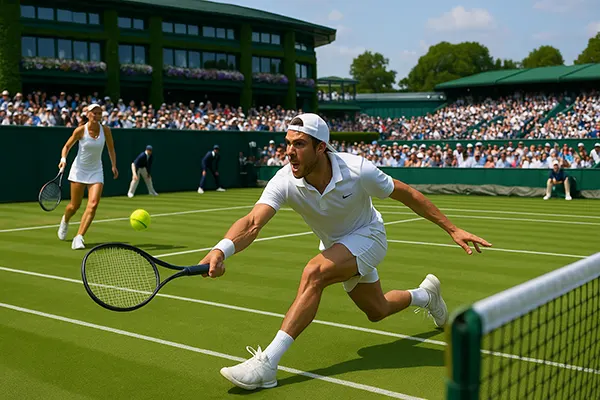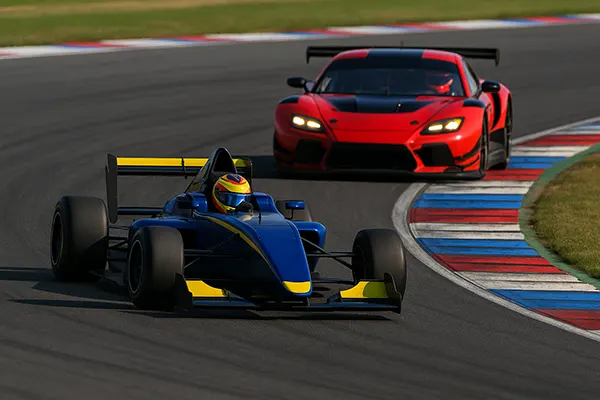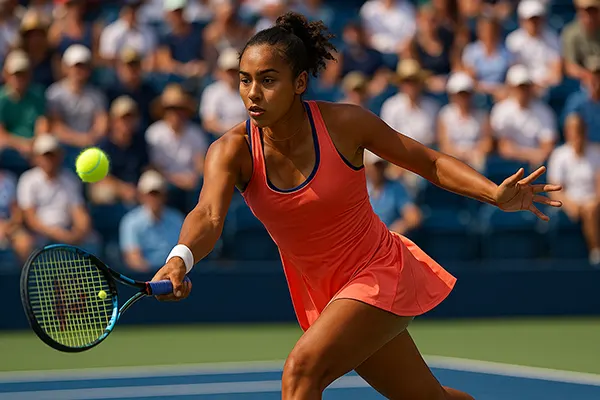Over the past few years, women’s tennis has undergone a significant transformation in terms of serve performance. Historically considered less powerful in comparison to the men’s game, the WTA tour is now showcasing a notable increase in average first serve speeds and ace counts. This shift is not accidental—it’s a product of technical evolution, physical conditioning, and strategic refinement among the top-tier players.
Rising First Serve Speed: A Statistical Turn
Data from 2022 to 2025 show that the average first serve speed in the WTA has increased by nearly 6%, with several players consistently hitting over 180 km/h. Elena Rybakina, for instance, now ranks among the top in terms of both serve velocity and ace count, delivering an average of 5–7 aces per match on hard courts.
Another standout, Liudmila Samsonova, combines explosive serves with precision placement. Her technique involves a high toss and rapid shoulder rotation, enabling flat, fast serves that opponents struggle to return. These attributes have made her particularly dangerous in short rallies and quick points.
According to the ITF database, tournaments played on hard courts since 2023 have shown a 12–14% rise in ace frequency in women’s matches. The statistics clearly demonstrate a transition toward a power-oriented style of play, making the serve not just a rally starter but a direct weapon.
Biomechanics and Physical Training in the Modern WTA
The current generation of female tennis players has benefited from modern sports science and tailored physical conditioning programmes. Core strength, hip mobility, and shoulder power are now key components in a player’s daily training regimen.
Players like Rybakina and Samsonova often work with physiotherapists and sports biomechanists who refine their serving motion down to the smallest detail. This includes force generation through kinetic chain efficiency—from leg push-off to wrist snap at contact.
As a result, younger players entering the tour are developing effective serve techniques from an early age, reflecting in junior circuit data where the percentage of aces per match has also seen an uptick in the U18 category.
Hard Court as a Catalyst for Aces
Hard courts have played a crucial role in amplifying serve effectiveness. Unlike clay, which slows down the ball and rewards endurance, hard surfaces favour pace and precision—two elements that benefit strong servers significantly.
Between 2023 and 2025, hard court tournaments like the US Open Series have become statistical hotspots for aces. The bounce on acrylic surfaces enables the ball to skid through at lower trajectories, making fast flat serves more difficult to return.
This correlation is particularly visible when comparing serve success rates across surfaces. Rybakina’s ace percentage rises by 17% on hard courts versus clay, and even higher when indoor conditions are present, reducing environmental factors like wind.
Strategic Serve Patterns and Match Outcomes
Improved serve statistics also reflect a broader strategic evolution. Players are not just serving faster—they are placing serves better, targeting opponents’ backhands or exploiting known weaknesses in return stance.
Advanced data analysis from WTA coaches shows an increased use of wide serves on the deuce side, followed by aggressive forehands. This “serve-plus-one” tactic shortens points and reduces unforced error rates during long rallies.
Importantly, players with higher ace counts also show better hold percentages. Matches won by players averaging 5+ aces per match show a 22% greater probability of winning in straight sets, indicating the serve’s direct impact on match control.

The Shift in Perception and Long-Term Impact
As power serving becomes more common, it challenges outdated narratives about women’s tennis lacking pace or explosiveness. Today’s serve speeds are narrowing the gap with the men’s tour, especially among the top 20 ranked players.
Major broadcasters and analytics firms are now highlighting serve speed and placement stats during match coverage, making fans more aware of the technical mastery involved. This contributes to a growing appreciation of the WTA’s physical demands and tactical depth.
Moreover, tennis academies worldwide are incorporating advanced serve modules into training for girls, using video analysis and radar technology to track serve development. This foundational change promises to shape the next generation of elite players.
Future Trajectories and Technological Contributions
Looking ahead, serve analytics will likely become even more granular. AI-powered tracking systems such as Hawk-Eye and TennisViz are already being used to monitor serve effectiveness and player patterns in real time.
Wearable sensors are allowing coaches to gather data on torque, serve angle, and energy expenditure per shot. These metrics will help refine training and injury prevention, especially for serve-dominant athletes.
Ultimately, the serve is evolving from a neutral opener to a decisive shot in women’s tennis. As more players embrace this trend, the game’s tempo, dynamics, and competitive landscape will continue to shift toward speed and strategic aggression.




